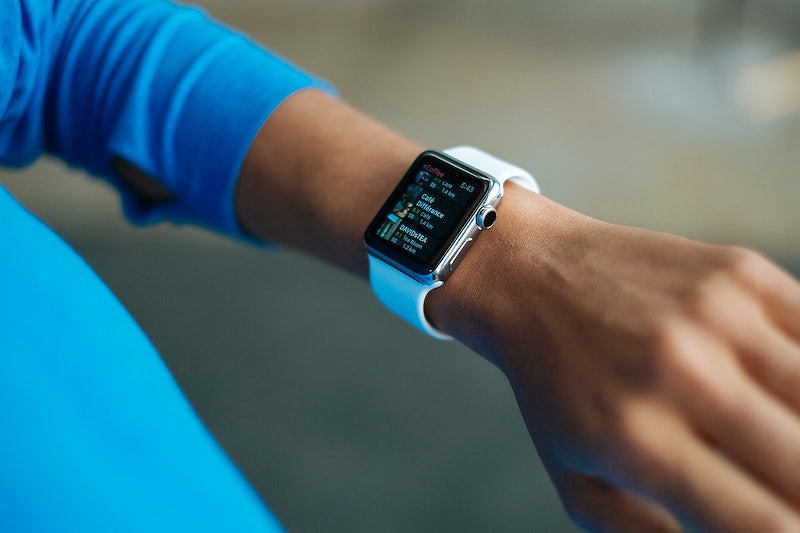Author: David Phineas
Millions of people with abnormal heartbeats are prescribed pricey blood thinners, which prevent strokes but also raise the risk of bleeding.
A survey has been approved to tell if apple watches may be incorporated into a plan to lessen drug when it is no longer necessary.
The seven-year study anticipated to start next spring will evaluate the outcomes regarding stroke bleeding and healthcare cost.
The study will include participants who receive a standard course of blood thinners and an experimental group who only received the medication after being instructed to do so by an Apple Watch.
The study would be a victory for Apple.
The National Heart, Lung, and Blood Institute provided $37 million to the study, which seeks to enroll 5,400 people.
The study will concentrate on a relatively low population of adults who do not have a history of stroke, congestive heart failure, stroke, or related diseases.
The research will also include the American Heart Association, Johns Hopkins, Stanford, and the University of California, San Francisco.
A significant improvement in cardiovascular care would result in the exploratory arm of the trial.
This could prevent stroke effectively as the standard of care and lower the incidence of bleeding.
It would also mean a victory for apple, which has been actively pushing features that detect abnormal cardiac beats. They will be able to demonstrate how they directly impact treatment and potentially enhance outcomes. The iPhone software from Apple will soon include a function that makes it easier for consumers to keep track of their prescriptions.
What Apple Donated
The initiative will receive equipment from Apple, and the study is helping to design the application. The company is assisting researchers with developing a unique algorithm for the study as part of its effort.
This will check participants’ heart patterns more often than other
The software will direct patients to take blood thinners until equipment. Moreover, it won’t keep them on medicine permanently once fibrillation is detected for. Passman made sure to stress that the operation would be automatic.
According to Pasman, his organization began corresponding with the company before Apple launched the first iteration of its irregular heart notification feature. Researchers are aware that the risk of stroke and atrial fibrillation changes over time, he claimed.
However, newer and quicker anticoagulants were available before technology allowed for constant heart rhythm monitoring. There was little that doctors could do with that knowledge to improve patient care. Pasman worked on two pilot studies that employed implantable devices to determine when blood thinners were required before the new research, Rhythm Evaluation for Anticoagulation, or React-AF.
Both experienced a significant decrease in the duration of their drug use.
Implantable devices will be challenging to utilize on a large scale, given their cost and infrastructural requirements. However, readily available gadgets like the Apple Watch might enable more individuals to access technology.
How consistently and precisely can the new algorithm used for the study identify episodes of A-fib?
How well the new algorithm utilized for the investigation can precisely and reliably detect cases of A-fib will be a crucial topic.
According to records made public by the Food and Drug Administration, a corporate analysis of algorithms utilized in the Apple Watch reveals an 88.6% sensitivity in identifying persons with abnormal heartbeats The reliability of user wearables can significantly influence any action, as these data serve as a crucial reminder.
According to Pasman, the development and introduction of these technologies have advanced scientific evidence demonstrating how access to them genuinely saves lives and enhances the quality of life. This relationship between consumer electronics manufacturers and the medical community shows that these products are more than simply consumer-facing devices. They can also help direct health treatment. It is a natural and significant example of how such partnerships may work.
Final Remarks
There is a need to confirm several assumptions on how digital gadgets can enhance health. The team must test the complete data processing method to produce information that doctors and patients can use, not just the gear or software. Trying the entire package is essential because digital health interventions are always complicated.

